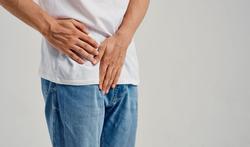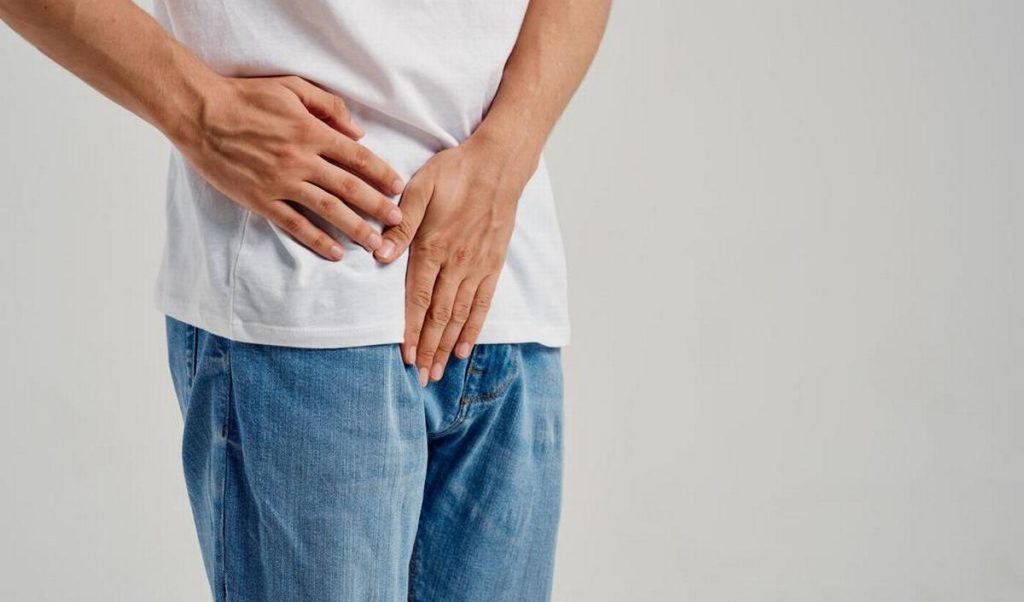a file
Muscle strain is the most common cause of thigh pain, but there are many other things that can lead to thigh pain. Treatment for the condition varies with the cause and degree of pain.
Possible reasons

- Muscle strain: The most common cause of thigh pain is muscle strain, usually due to a sports injury. When you have a muscle strain, you feel sharp and sudden pain.
- inguinal hernia: This is a protrusion in the peritoneum. Due to excessive pressure on the abdominal wall, there may be a bulge on the abdomen. You get an inguinal hernia by repeated loading or even by repeated and forceful loading Cough.
- Kidney stone: This is a small lump of minerals that forms in your kidneys. It causes waves of pain that often extend into the groin.
- Hip osteoarthritis: arthritis Of the hip joint occurs when the smooth hip joint wears down naturally. Then the leg movements become painful and stiff.
- Cystitis Or pelvic inflammatory disease: Both conditions can cause groin pain, but pelvic inflammatory disease causes higher pain and is also more severe.
- Broken hip: A hip fracture is a fracture of the upper quadrant of the femur. Pain from a hip fracture is often in the thigh. Twisting or bending the hip exacerbates the pain.
- sports hernia: This is an uncommon injury that usually occurs in soccer or hockey players. It is usually the result of a slight weakness in the abdominal wall. With a sports hernia, you feel pain in the front of your lower abdomen or groin area.
- Swollen lymph nodes: The lymphatic system is a complex network in your body that plays a role in transporting nutrients and waste products. Infection or injury can cause the lymph nodes to swell and feel sore. The groin area is where lymph node enlargement most often occurs.
- Pelvic floor weakness: The pelvic floor is a group of muscles at the bottom of the pelvis that helps support the organs in that area. When a person becomes unable to coordinate these muscles properly, pelvic floor dysfunction occurs. Inguinal pain is one of the symptoms.
- Pressure on a nerve: A pinched nerve in the lower back or groin can also cause groin pain.
- Hip labral tear: The labrum of the hip joint is a layer of cartilage that surrounds the ball of the hip joint. With a tear in the labrum of the hip, you can feel pain in the groin, among other things.
Read also: Side stitches: how to prevent and how to treat?
Psychiatric treatment
How you treat groin pain depends on the cause. Rest and ice can help with injuries. You can also take painkillers. In most cases, physical therapy will be part of the treatment plan. If the cause is a serious condition, surgery is sometimes necessary.
Sources:

“Total coffee specialist. Hardcore reader. Incurable music scholar. Web guru. Freelance troublemaker. Problem solver. Travel trailblazer.”







More Stories
GALA lacks a chapter on e-health
Weird beer can taste really good.
Planets contain much more water than previously thought